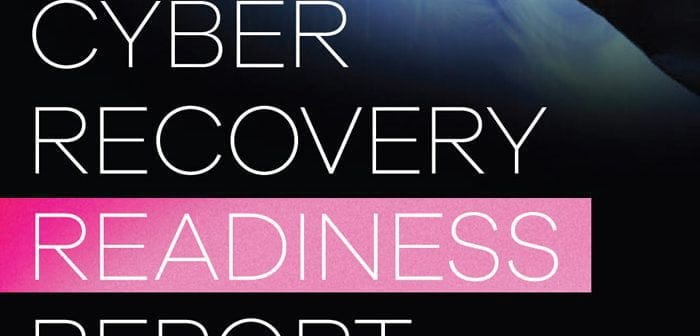
Cybersecurity company Commvault has released its 2024 Cyber Recovery Readiness Report, which tackles the question of what businesses can do to be more resilient to cyberattacks.
In collaboration with research firm GigaOm, Commvault surveyed 1,000 security and IT respondents across 11 countries. Commvault and GigaOm pinpointed five key capabilities, also called resiliency markers, that, when deployed together, helped companies recover faster from cyberattacks and experience fewer breaches compared to companies that did not follow the same path.
These five resiliency markers emerged after data analysis teams combed through survey results across a range of topics, including how often companies were breached, what resilience technologies were (or were not) deployed, and how rapidly businesses could recover data and resume normal operations. The resiliency markers are as follows:
- Security tools that enable early warning about risk, including insider risk;
- A known-clean dark site or secondary system in place;
- An isolated environment to store an immutable copy of the data;
- Defined runbooks, roles, and processes for incident response; and
- Specific measures to show cyber recovery readiness and risk.

- Cyber mature organizations, those that have deployed at least four of the five resiliency markers, recovered 41% faster than respondents with only zero or one marker;
- Overall, cyber mature organizations report experiencing fewer breaches compared with companies that have less than four markers;
- 54% of cyber mature organizations were completely confident in their ability to recover from a breach, compared to only 33% of less prepared organizations; and
- 70% of cyber mature organizations tested their recovery plans quarterly, compared to 43% of organizations with only zero or one maturity marker, that tested with this same frequency;
“One of the key findings from the research is that in order to truly advance cyber preparedness, organizations can’t cut corners,” said GigaOm Cybersecurity Analyst Chris Ray. “We saw significant disparities in resilience between organizations that deployed one or two of the resiliency markers versus four or five. It’s critical that organizations think about resiliency in layers. Less than 85% of respondents surveyed do that today. This needs to rapidly change if companies want to be resilient and have the upper hand against bad actors.”
You can read the full report here.





